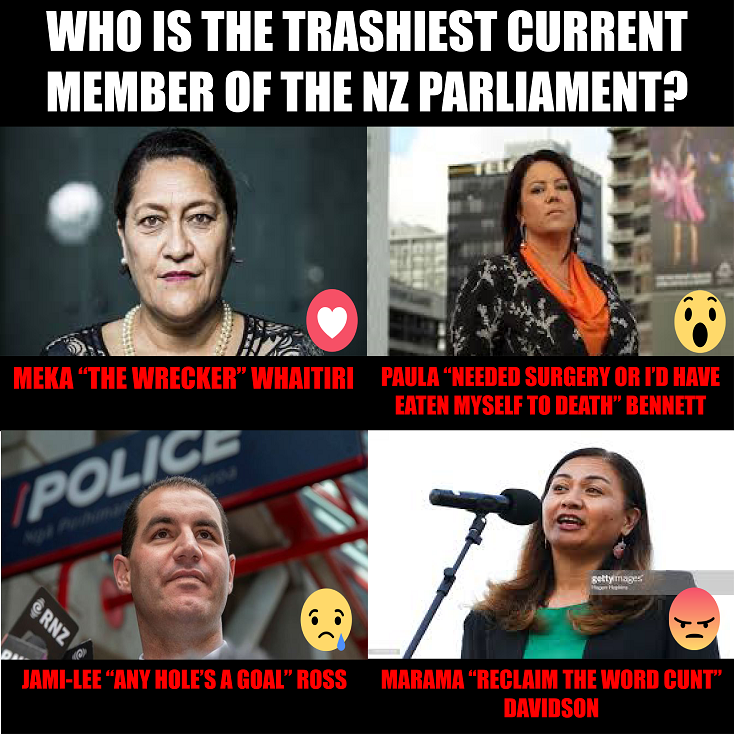This reading carries on from here.
The fourth chapter of Edward Bernays’s Propaganda is called ‘The Psychology of Public Relations’.
The study of mass psychology made people understand the possibility of the invisible government. We learned that the group has qualities that are distinct from the qualities of individuals. Bernays poses the question here: “is it not possible for us to control and regiment the masses according to our will without them knowing it?”
Bernays says it is possible, with certain limitations owing to the fact that psychological science is not well developed (it’s worth noting here, again, that this book was written in 1928). Propaganda is a human science and can therefore, like economics and sociology, never be exact.
Bernays again makes the point that if you can influence the leaders, you also influence the groups that they influence. Man’s gregarious nature will make him feel that he is part of a herd, and part of this herd psychology is to allow the group to make its imprints on him. Bernays gives the example of the man who buys railroad shares because something has caused him to associate that company with good feelings.
The group mind doesn’t really think, as such. Rather, it has emotions and raw animal impulses. Its first impulse is to follow a trusted leader. In this sense, we can see that the group mind is very primitive. But when a leader is not on hand and “the herd must think for itself”, it tends to do so in the form of simple cliches, whether in word or image form.
The truth is that men are seldom aware of what actually motivates their actions. They believe themselves to be making rational and dispassionate decisions, when in reality they are influenced by crude egotistical and biological desires. Freud was one of those who made people aware of how many of our desires and behaviours are really just expression of suppressed instincts. A man buys a car for status, not for locomotion.
The successful propagandist must understand people’s true motives, and therefore cannot be content with the reasons people give for why they do things. Human desires are “the steam which makes the human machine work”, and only by understanding these can the propagandist control society.
Old propaganda used what Bernays calls “reaction psychology”, in which people are more or less told what to buy. The new propaganda is more subtle. Instead of advertising bacon, the propagandist convinces doctors to tell their patients to eat it. Instead of breaking down sales resistance by direct attack, propagandists now act to remove it through subtle means.
If the propagandist can make it the group custom to buy a particular good, then he has succeeded. The old propaganda asked people to buy that good; the new propaganda convinces people to go into the salesroom and ask to be sold that good.
The leaders who lend their authority to a propagandist’s endeavour will only do so if it accords with their own interests. For this reason, the propagandist must endeavour to understand the aspirations of as many people as possible. There will be cases in which the interests of many different groups overlap, and in that there is power.
The new propaganda is based on “enlightened self-interest”. Bernays concludes this chapter by saying that this, and the three previous chapters, were devoted to giving a general outline of how propaganda works, and in the remainder of the book he will look at specifics.
*
If you enjoyed reading this essay, you can get a compilation of the Best VJMP Essays and Articles of 2018 from Amazon for Kindle or Amazon for CreateSpace (for international readers), or TradeMe (for Kiwis). A compilation of the Best VJMP Essays and Articles of 2017 is also available.




